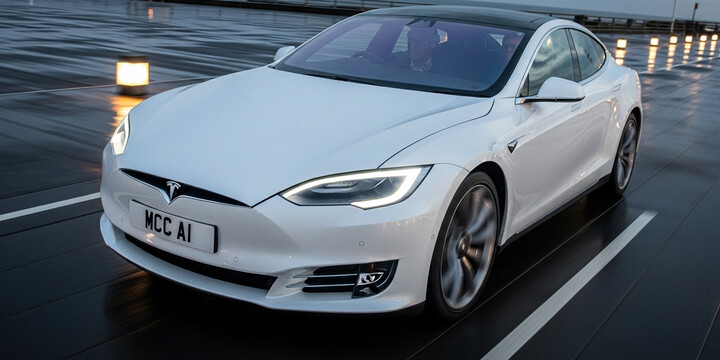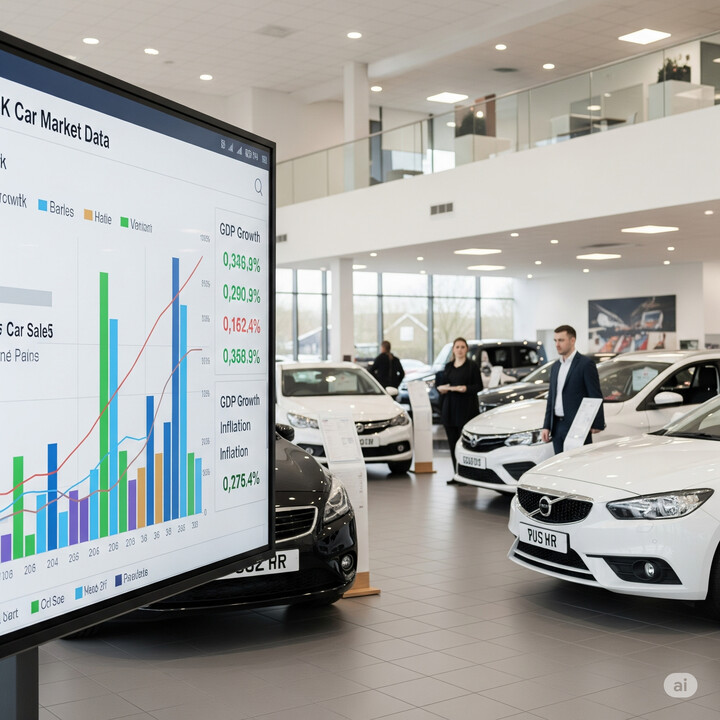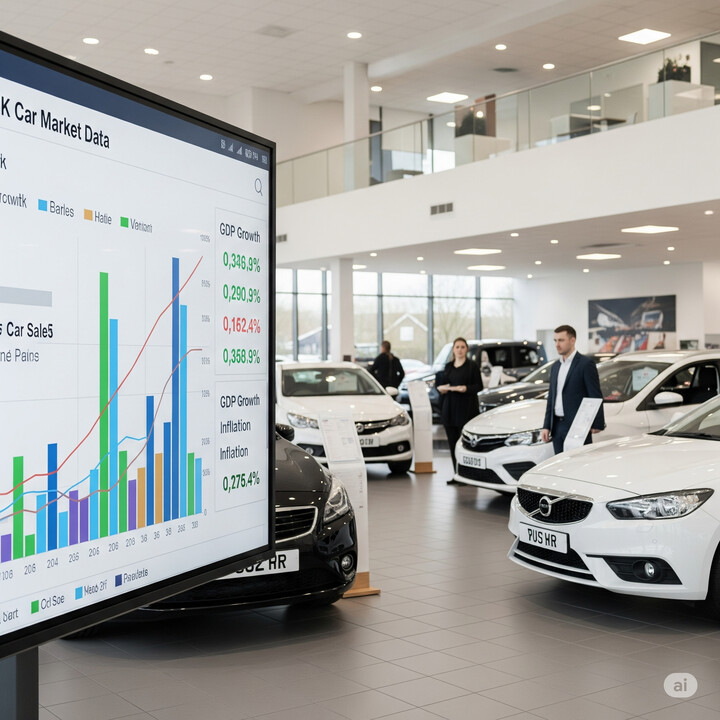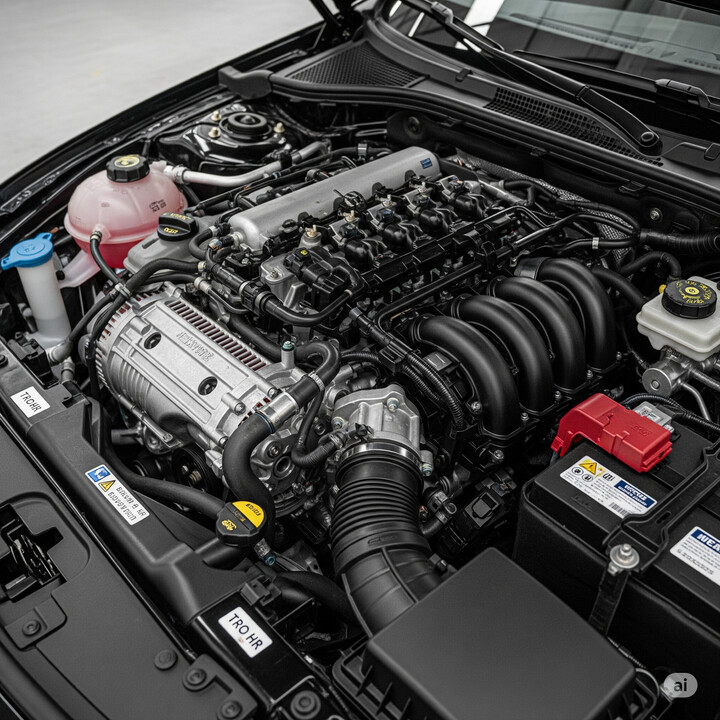
TESLA MODEL S (2021-)
The TESLA MODEL S (2021-) is a premium electric luxury sedan that stands out in the UK market for its impressive blend of performance, technology, and comfort. As a high-end saloon, the Model S offers a sleek, modern design combined with cutting-edge features, making it an ideal choice for those seeking a luxurious yet eco-friendly vehicle. Its reputation for exceptional acceleration, long-range capabilities, and low running costs make it particularly appealing to commuters, executives, and tech-savvy drivers who prioritize innovation and sustainability.
What sets the TESLA MODEL S (2021-) apart is its refined driving experience and advanced features like autopilot capabilities and a minimalist interior packed with high-tech screens. Compared to other electric vehicles in its class, it’s known for its outstanding range and rapid charging options, making it a practical choice for long-distance travel. The vehicle also tends to retain strong value in the used market, with an average private sale valuation around £83,359. If you're looking for a luxurious, innovative electric car that combines style with efficiency, the TESLA MODEL S (2021-) is a compelling choice worth considering.

average use

The data indicates that for the sampled Tesla Model S vehicles from 2021 onwards, all have the most recent recorded mileage within the 0 to 10,000 miles range. This suggests that these vehicles are generally quite new or have low mileage figures reported, pointing to a trend of relatively low use or recent ownership among this sample.

vehicle values

The data presents private sale price ranges for a 2021+ Tesla Model S in the UK, with varying percentage differences from a reference value. Notably, the majority of price points fall within the 70,000 to 87,000-pound range, with most variations around 3.2% to 6.5%. However, significant discounts of 12.9% are observed at higher price brackets—specifically, for vehicles valued around 84,000 to 91,000 pounds—indicating a larger depreciation or negotiation gap at these higher prices. Overall, the data suggests stable valuation margins at lower to mid-high price points, with more considerable discounts appearing at the upper end of the market.

production years

The data indicates that the majority of Tesla Model S vehicles manufactured from 2021 onwards are from the year 2023, accounting for approximately 84% of the sample. A smaller proportion, around 16%, are from 2024. This suggests that most of the existing inventory or registered vehicles in this model are relatively recent, with a significant concentration of 2023 models. The data implies that Tesla Model S vehicles from 2023 dominate the current market or registrations, with fewer from 2024, possibly reflecting the latest manufacturing trends or registration timelines.

colour popularity

The data reveals that among Tesla Model S vehicles from 2021 onwards, blue is the most popular paint colour, accounting for approximately 32.3% of vehicles. This is followed by grey at 25.8%, black at 22.6%, and white at 19.4%. Notably, blue stands out as the preferred colour, dominating over white, despite white traditionally being a common choice for electric vehicles. The relatively balanced distribution among the other colours suggests a diverse range of customer preferences.

ownership cycle

The data indicates that the majority of Tesla Model S (2021-) vehicles have only one registered keeper, accounting for approximately 90.3%. A smaller proportion, around 9.7%, have been registered with two keepers. This suggests that most owners tend to keep their vehicle for an extended period without changing ownership, reflecting potential owner satisfaction or vehicle longevity. The relatively low percentage of vehicles with two keepers may also imply limited vehicle turnover within this model.

engine choices

The data indicates that all Tesla Model S vehicles from 2021 onwards are powered exclusively by electricity, with no entries for internal combustion engine capacity. This reflects Tesla's focus on fully electric vehicles, confirming that the model does not have a traditional engine capacity measurement. The absence of a conventional engine size underscores the vehicle's electric nature and aligns with industry trends toward electric propulsion.












